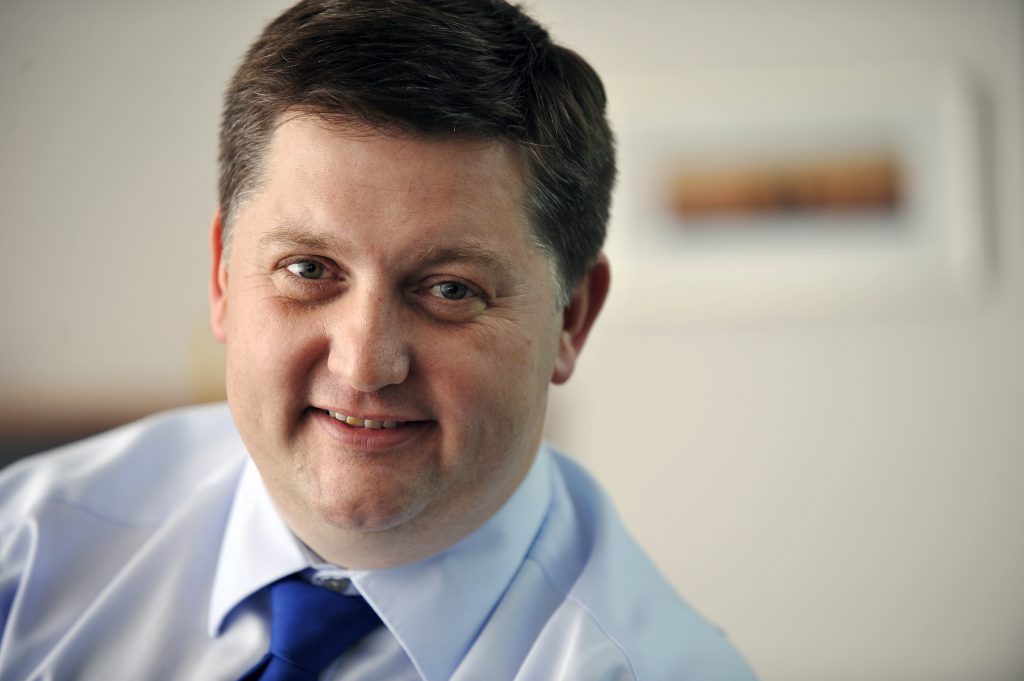The whole country has been staying at home. If we do go out, we’re queuing in supermarket carparks, and attempting to keep at least two metres away from each other.
Millions of people have swapped their offices for their dining rooms, kitchens and bedrooms.
But despite that – our teams are still presenting to businesses looking for a new workplace pension provider. In fact, we’ve presented to more potential new clients in the past four months than we did during the same time last year. Although, the circumstances couldn’t be more different.
Clearly, meeting face to face is out of the question, so everything is now online, using a variety of tools and platforms to demonstrate what we can offer clients.
There are challenges with that of course, not least the technology. Many of you will have been on a video conferencing call where the sound and picture drop out, where at least one person doesn’t put themselves on mute, and another can’t work out how to unmute themselves. It’s now also common to hear children of all ages coming to ‘help’ mummy or daddy.
But the biggest challenge when presenting online is the lack of social interaction. Of course, advisers and employers want to know how good you are as a workplace pension provider. But they can find out a lot of information before the pitch stage. They’ll already know about pricing models, online platforms and member engagement strategies.
But when you reach pitch stage, a huge part of it is whether they see the provider as a good fit with their business. And that comes down, at least in part, to personality and connection – two things which are much harder to convey down the lens of a webcam.
The other part you really miss out on is being able to read the room. New business teams are tuned into body language and the tone of the pitch. They can assess how the session is going and make adjustments throughout to make the best possible connection with the client.
So it is important to change the way presentations are delivered to make the process as smooth as possible. This involves reducing the size of the team and being ruthless with the number of slides used, as well as keeping video and audio clips to a minimum.
These changes can be made to work. The businesses and advisers we’re all working with are in exactly the same boat, so everyone is adapting their expectations. And sometimes, new challenges offer new opportunities.
It’s unclear how long the current government guidelines around social distancing are going to remain in place. So, for the foreseeable future, webcams and video calling will be core to working with potential new clients, and existing ones.
At the very least, it gives us a reason to wear something other than joggers and a t-shirt!


